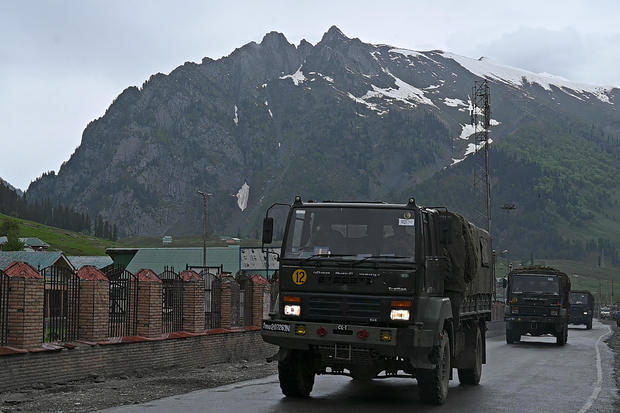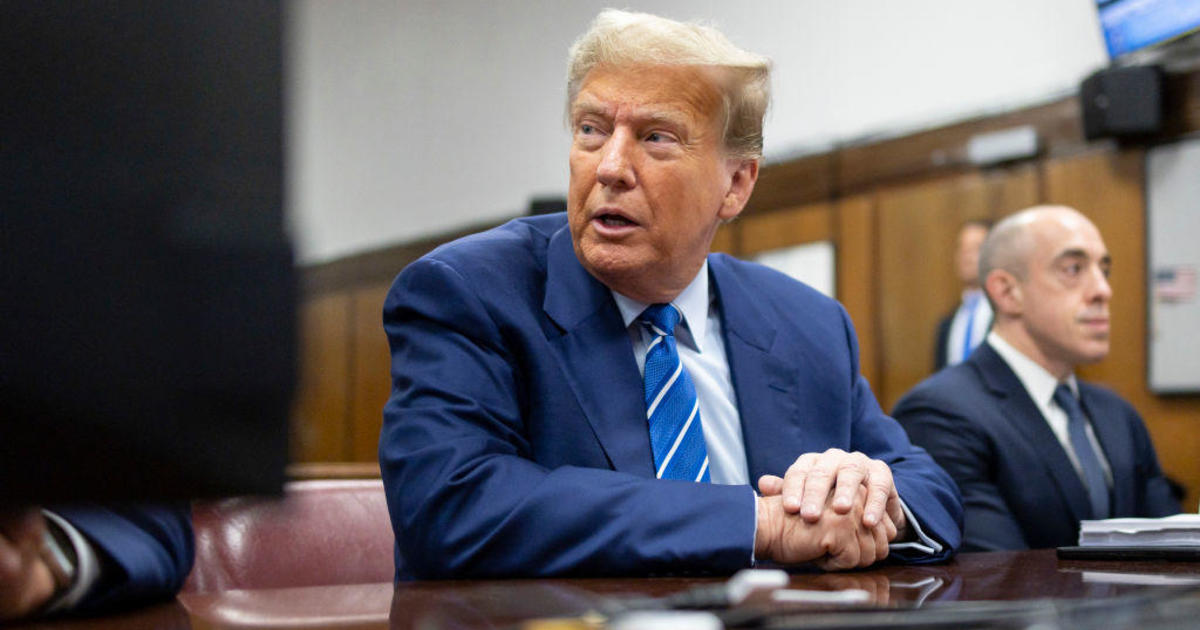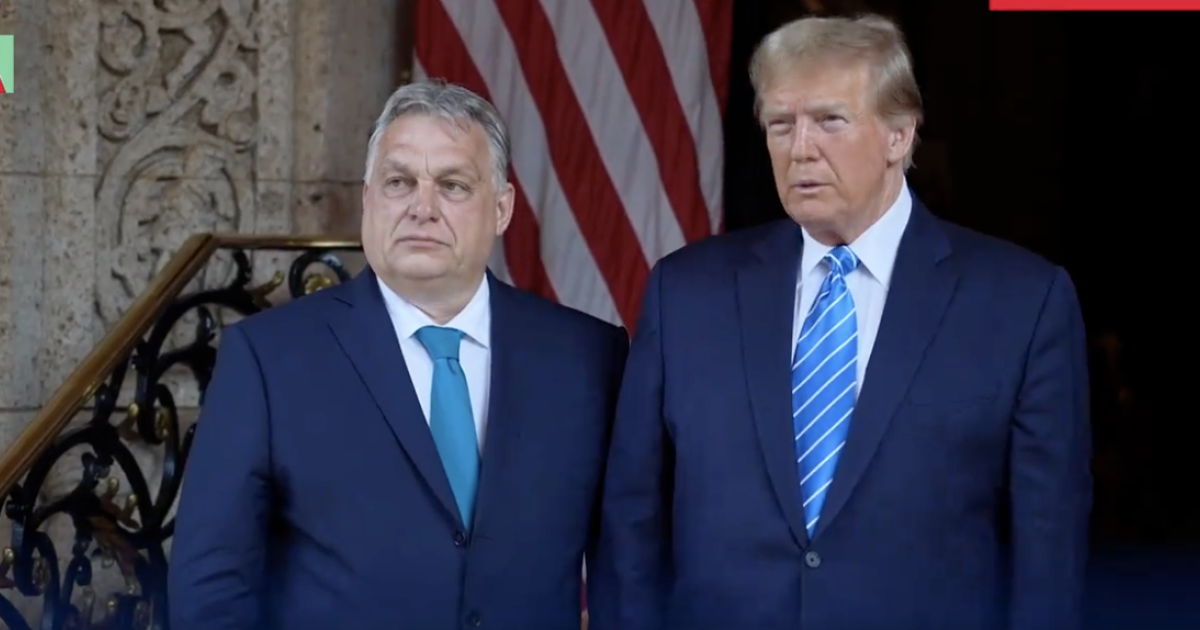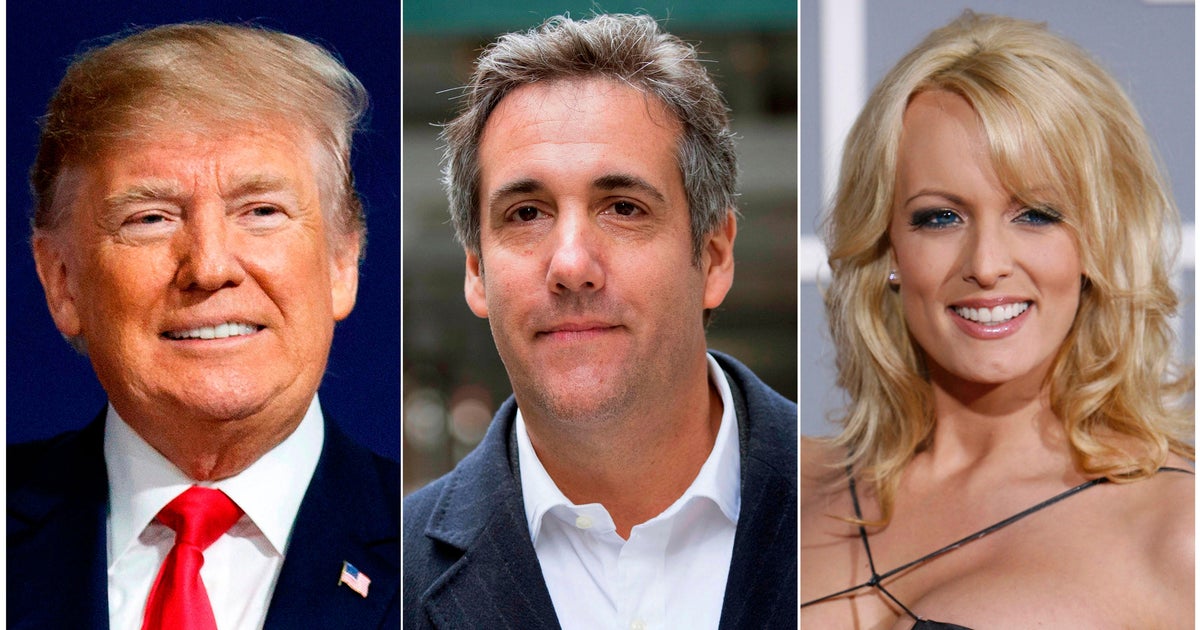Trump offers to mediate "raging" standoff between China and India - what's it all about?
New Delhi — President Donald Trump has offered to mediate as China and India move of troops to their shared Himalayan border, raising military tension between the two Asian giants in a long-time territorial dispute.
"We have informed both India and China that the United States is ready, willing and able to mediate or arbitrate their now raging border dispute," Mr. Trump said this week in a tweet.
What's the dispute over?
Thousands of Chinese troops have reportedly moved into an area along the eastern Ladakh border, which India considers its territory. The Chinese forces have, for the first time, raised tents and stationed heavy military vehicles in the area.
The Indian Army has also reportedly set up dozens of tents and moved several battalions of troops from the Himalayan city of Leh to its border with China.
Both countries accuse the other of trespassing.
Indian TV news channel NDTV showed what it said was satellite imagery of China expanding a military airbase less than 120 miles from the border with India, building a new runway and stationing warplanes on the tarmac.
Earlier this month several troops from both countries were injured during two skirmishes along the disputed border in Ladakh and neighboring Sikkim. It was just fisticuffs, and senior officers managed to intervene and calm the situation down.
At odds for half a century
India and China share a 2,100-mile border, much of which remains disputed and without official demarcation.
The two countries fought a brief war over the border in 1962, but the argument wasn't resolved. China still claims the Indian state of Arunachal Pradesh as its territory, while India considers China-controlled Aksai Chin as its territory.
There have been many stand-offs along the border, usually involving pushing and shoving, and even stone throwing by the forces standing guard on either side, but not a single bullet has been fired in decades.
The last major incident was a two-month border standoff in 2017 in a disputed plateau region known as Doklam in India and Donglang in China. It was resolved peacefully, and both countries claimed diplomatic victories.
The latest rhetoric
Chinese President Xi Jinping said Tuesday that his country would, "scale up training and battle preparedness, promptly and effectively deal with all sorts of complex situations and resolutely safeguard national sovereignty, security and development interests," according to Chinese state media.
It wasn't clear whether Xi was referring to the tension with India, simmering unrest in Hong Kong, both, or even neither of the two, but the Chinese Ministry of Foreign Affairs released a statement the same day clearly mentioning India: "China is committed to safeguarding the security of its national territorial sovereignty, as well as safeguarding peace and stability in the China-India border areas."
Also that same day, Indian Prime Minister Narendra Modi reportedly met his National Security Adviser and the commanders of the country's three military branches.
On Thursday, Anurag Srivastava, a spokesperson for India's Ministry of External Affairs, said the country was "engaged with the Chinese side to peacefully resolve this issue," in response to a pointed question about Mr. Trump's offer to mediate.
"Our troops have taken a very responsible approach towards border management and strictly follow the procedures laid out at various bilateral agreements and protocols with China to resolve any issue that may arise in border areas," Srivastava added.
Why so tense now?
It's unclear what prompted China's recent military push movements in Ladakh, but analysts suspect a combination of circumstances.
"I think we're looking at a confluence of factors that drove China's actions: concerns about Indian road-building near the border, lingering anger about the Article 370 revocation in Kashmir, and a desire to telegraph strength and resolve at a moment when China is under the global microscope for all the wrong reasons," Michael Kugelman, Deputy Director of the Asia Program at The Wilson Center in Washington, told CBS News.
Kugelman was referring to India's recent construction of roads and airstrips close to the Chinese border, in what appears to be a response to Beijing's own "Belt and Road" project. Under that project China is building a network of roads, railways and ports connecting China with Europe through central and south Asian countries, including its key ally Pakistan.
"At the same time, Beijing knows it's taking a lot of heat for its handling of the coronavirus pandemic, and it's increasingly on the defensive. This provocation gives Beijing an ability to showcase its strength and defiance," Kugelman said.
Whatever the reasons, some analysts believe India will likely look for ways to resolve the crisis on its own and reject any offers of mediation. It did so recently, when the U.S. and others offered to mediate in the latest flare-up of the Kashmir dispute with neighboring Pakistan.
"The last thing India will want is a view that it cannot handle China on its own and needs the U.S. or any other country," Satu Limaye, Vice President of the East West Center in Washington and a Senior Advisor at the Indo-Pacific Division at the Center for Naval Analyses, told CBS News.
"Setback for U.S. interests in Asia"
India has long been a key U.S. ally and a strategic partner to balance the rising influence of rival China in Asia and beyond.
"The border standoff, which the U.S. blames on Chinese provocations, is also a setback for U.S. interests in Asia, given that a major pillar of Washington's Asia policy is to enlist New Delhi in efforts to push back against China," Kugelman said. "Instead, it's India that has found itself on the defensive."
Alice Wells, the U.S. Principal Deputy Assistant Secretary of State for South and Central Asian Affairs, has publicly criticized China over the standoff with India. But Kugelman said that intervention should be read, "less as an unqualified expression of support for India, and more as a reflection of a rapidly worsening U.S.-China rivalry."
"If the U.S. mediates, as President Trump tweeted, it could complicate, not reinforce, U.S.-India relations," warned Limaye of the East West Center.
Could it lead to conflict?
The two countries are currently fighting multiple battles at home — from coronavirus epidemics to economic woes, so there's little incentive for either to let the current border crisis escalate into armed conflict.
"While the scale of China's provocations were quite large… it's telling that India has responded with restraint," Kugelman said. "This suggests a desire on India's part to deescalate, or at least not to escalate to a dangerous level."
"New Delhi downplayed China's border aggression during the Doklam stand-off, too," said Limaye.
Kugelman said the rhetoric from China, "suggests Beijing also has no interest in letting things spiral out of control."






